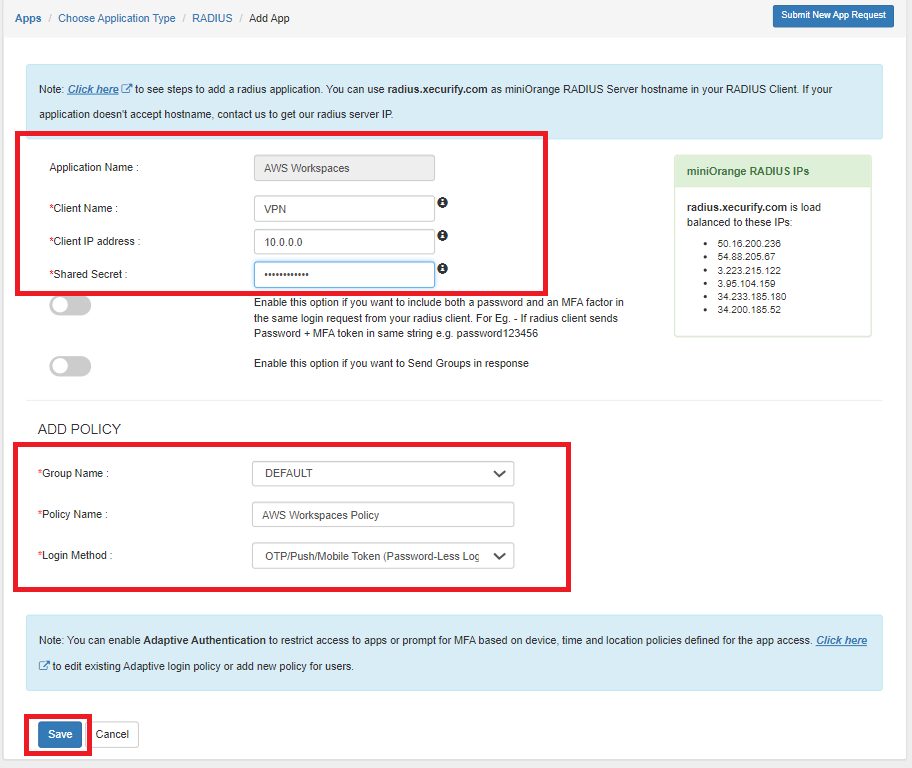

You don’t need to be aware of your desktop’s life cycle.
#AWS WORKSPACE SOFTWARE#

This pattern uses an origin access identity (OAI) to limit access to the S3 bucket to only come from CloudFront. To implement this, deploy the example Serverless Land pattern: If you need to upload files larger than 5GB, then you must use multipart uploads. The maximum size of the object that you can upload with this pattern is 5GB. To secure the solution so that only authenticated users can upload objects, you can use a function to verify the users’ permissions. Without any additional configuration, this would essentially make the S3 bucket publicly writable. However, CloudFront can also be used to upload data to an S3 bucket. CloudFront is primarily a content delivery network (CDN) that caches and delivers content from an S3 bucket or other origin. Using Amazon CloudFront with final pattern leverages Amazon CloudFront instead of API Gateway. For more details, see uploading large objects to Amazon S3 using multipart upload and transfer acceleration.Īn example of this pattern is available on Serverless Land. This allows you to upload objects up to 5TB in size. This adds some complexity to the client and is used by libraries such as AWS Amplify that abstract away the multipart upload implementation. This requires that the client split the payload into multiple segments and send a separate request for each part. One way to work around this limit with this pattern is to leverage S3 multipart uploads. This pattern is limited by the 5GB maximum request size of the S3 Put Object API call. To learn more, read Uploading to Amazon S3 directly from a web or mobile application. Presigned URLs are straightforward to generate and use programmatically, but it does require the client to make two separate requests: one to generate the URL and one to upload the object.

This avoids the 10 MB limit of API Gateway as the API is only used to generate the presigned URL, which is then used by the caller to upload directly to S3. This granularity allows you to fine-tune access permissions for different users or applications, and ensures that only authorized parties have access to the required data.

They can be used to control access to specific versions or ranges of bytes within an object. This time-bound access helps prevent unauthorized access to S3 objects and provides an additional layer of security. The second pattern uses S3 presigned URLs, which allow you to grant access to S3 objects for a specific period, after which the URL expires. This is an example implementation (you can deploy this from Serverless Land): For step-by-step instructions to implement this pattern, see this knowledge center article. The limitation with this approach is that API Gateway has a maximum request payload size of 10 MB. This pattern allows you to implement an authorizer at the API Gateway level and requires no changes to the client application or caller. By configuring an S3 integration in API Gateway, this allows you to manage authentication, authorization, caching, and rate limiting more easily. This allows you to expose S3 objects as REST APIs without additional infrastructure. The simplest option is to use API Gateway to proxy an S3 bucket. Using Amazon API Gateway as a direct proxy This post explores three different approaches to securely upload content to an Amazon S3 bucket via HTTPS without the need to build a dedicated API or client application.
#AWS WORKSPACE CODE#
You could build a bespoke service for this purpose, but this results in more code to build, maintain, and secure. Often you must provide end users direct access to upload files via an endpoint. To learn more, read Allowing external users to securely and directly upload files to Amazon S3. If you have control over the application that sends the uploads, then you can integrate with the AWS SDK from within the browser with a framework such as AWS Amplify.


 0 kommentar(er)
0 kommentar(er)
